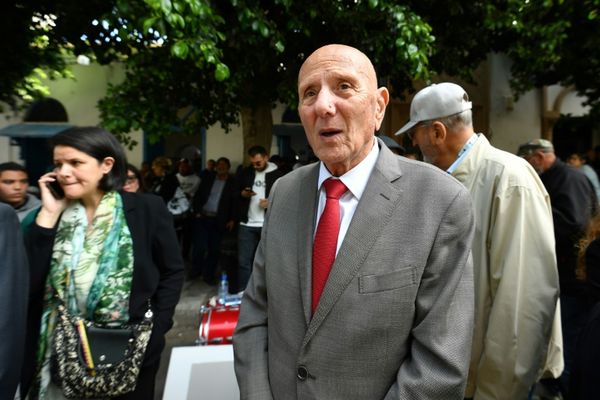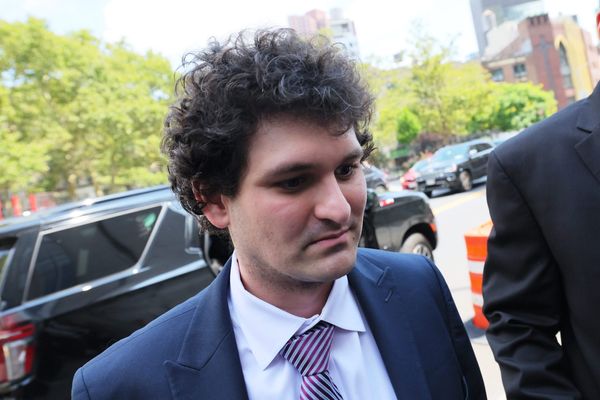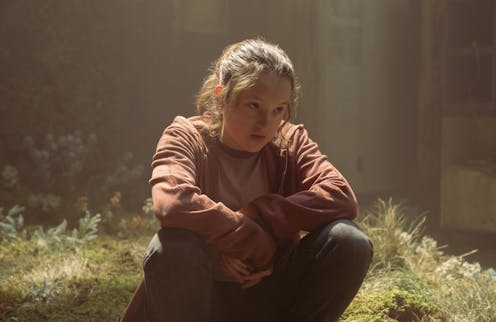
Warning: this article contains spoilers.
From the widely panned Super Mario Bros. movie (1993) to Netflix’s Resident Evil (2022) releasing to decidedly mixed reviews, game adaptations have historically been cursed on both big and small screens.
HBO’s series based on the hugely successful PlayStation game The Last of Us, is the latest entry into this genre. Early indications from critics and viewers suggest it has broken the dreaded video game curse.
The series occupies a unique position. In 2013, when the game was released, post-apocalypses were incredibly popular science fiction worlds. In 2023, such pandemics, as we’ve discovered, hue closer to science fact.
The scene in which protagonists Joel and Ellie encounter a mass grave has a distinctly different impact when humanity has so recently had to grapple with such tragedies in the real world.
In the series, a child’s blanket links this scene to a flashback of mass evacuation in the wake of the Cordyceps (the fungus that evolves to infect humans) outbreak foreshadowing the series’ continuing exploration of the values of family, connection and community.
Love in the time of Cordyceps
The Last of Us game released in 2013 among what critics have called the “dadification” of games – a period in which many releases focused on paternal protagonists.
This “dadification” was driven partly by maturing technology that allowed more complex stories to be told. Also, developers who had grown up playing games were maturing and starting families, including The Last of Us creative director Neil Druckmann.
The kinds of stories they wanted to tell matured too, resulting in games addressing parent-child relationships, including The Walking Dead (2012) and God of War (2018).
The theme of parenthood is prevalent in The Last of Us too. While Joel and Ellie’s relationship makes this clear, this theme extends to other characters including Joel’s brother Tommy, an expectant father. HBO’s adaptation takes this a step further by also briefly exploring Ellie’s connection to her mother.
The value of parenthood in the game unfurls into the show’s focus on family. Dialogue throughout the series reflects its importance: Joel reminding Tommy of their familial bond, a scientist who just wants to be with their family, the dying teenage bandit pleading to be returned to his mother.
The value of family extends to supporting characters who are exclusive to, or expanded upon in, the series. Brothers Henry and Sam share a bond in the series compared with the game’s portrayal of a surrogate parent-child relationship that complements Joel and Ellie’s.
The series further extends the game’s exploration of family by having Henry and Sam’s story intersect with new character Kathleen. The leader of the Kansas Quarantine Zone resistance movement, Kathleen has her own motivations surrounding her brother.
A gamechanging adaptation
While family is a core concern of the show, the theme of connection is also explored. This can be seen in its many “found” families. Joel and smuggling partner Tess’ relationship gets more screen time than in the game, as does the short-lived Joel-Tess-and-Ellie family dynamic.
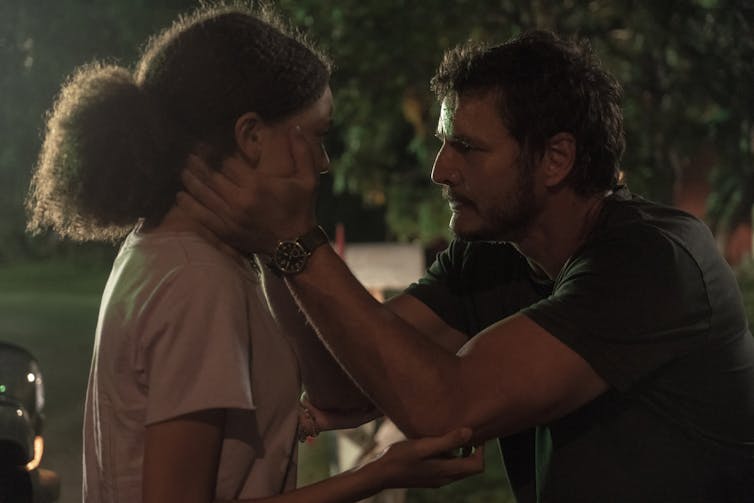
This extends to the series’ other couplings, from episode-length explorations of Joel’s friends and existing game characters Bill and Frank, to Ellie’s relationship with school friend Riley, to Firefly leader Marlene’s connection to Anna – a best friend with a pivotal story role.
Even the Cordyceps is not immune to the rhetoric of connection. The spores by which the fungus spreads in the game have been changed to fungal tendrils in the show. These tendrils connect all the Infected – the series’ version of zombies.
Read more: The Last of Us: fungal infections really can kill – and they’re getting more dangerous
Step on a tendril in one place and you’ll wake a dozen Infected in another. The fungal spores in the game are an impersonal, environmental hazard. The series’ tendrils instead actively seek out new victims and in one unsettling scene, defile a fundamental act of human connection and love to achieve this.
What it means to be human in a world ravaged by a pandemic is also explored. The politics of peaceful communities is examined, from the militaristic Quarantine Zone where Joel first meets Ellie, to Tommy’s settlement – jokingly but truthfully derided as “communism” by Joel.
More important, perhaps, is the exploration of hostile communities that game players would typically shoot their way through. Kathleen’s control of the Kansas resistance group is given a two-episode arc that ends with Joel and Ellie burying Henry and Sam – a humanising end to their story the game did not afford.
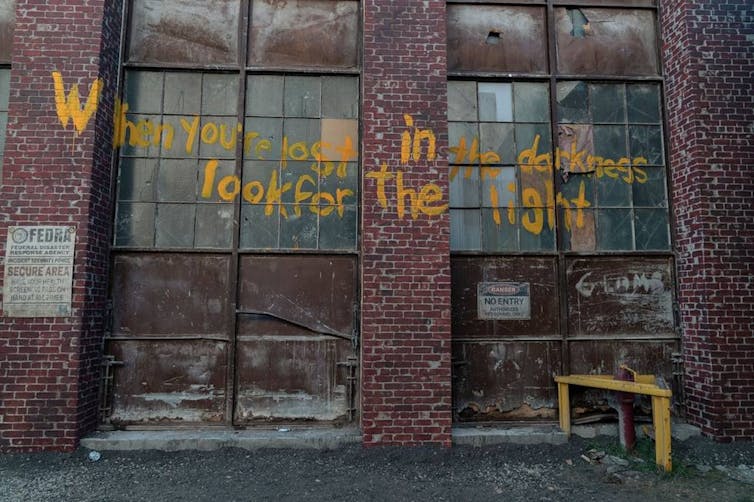
The notion of burial as a human ritual is unearthed again a few episodes later when a girl asks in-game antagonist David, the leader of a group at Silver Lakes Resort, if her father can be buried – a request he denies.
The episode explores David and his group, humanising them more than in the game. This further humanisation then stands in stark contrast to a reveal that poses the ultimate question of where the tipping point is between human and monster.
These values are framed in relation to the show’s ultimate theme: love. Joel loved Sarah. Bill loved Frank. Kathleen loved her brother. David’s community loved him. This love, derived from the personal relationships found and strengthened amid chaos, breeds hope not only for the world portrayed in the show but also for our own.
A repeated motif in the series is the motto of the resistance group, the Fireflies: “When you’re lost in the darkness, look for the light.” In a world all too familiar with pandemics in 2023, this masterful adaptation of The Last of Us is something bright indeed.
The authors do not work for, consult, own shares in or receive funding from any company or organisation that would benefit from this article, and have disclosed no relevant affiliations beyond their academic appointment.
This article was originally published on The Conversation. Read the original article.
